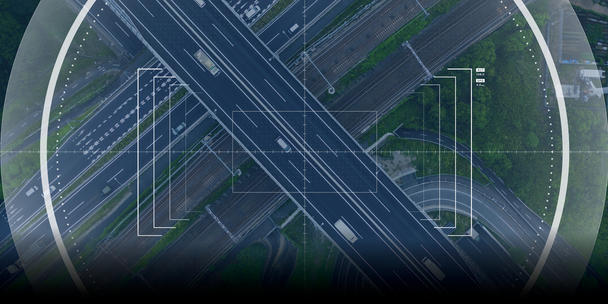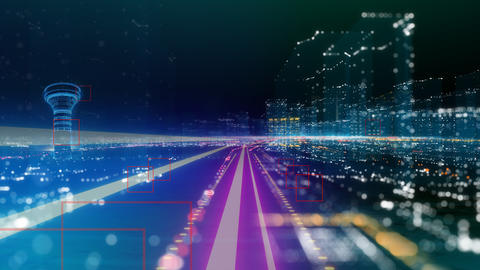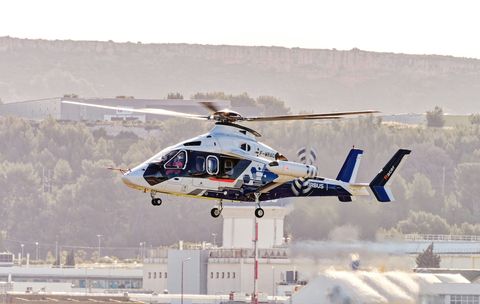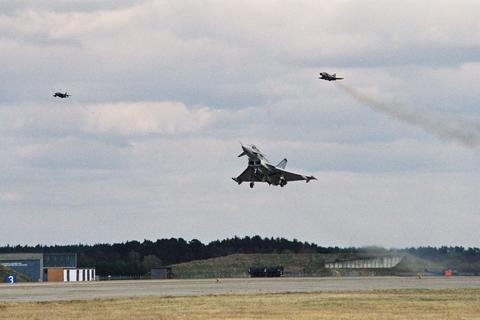Could the humble dragonfly help pilots during flight?
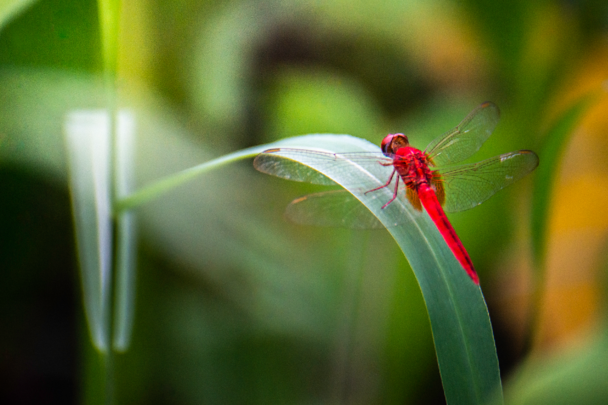
The Airbus UpNext DragonFly demonstrator takes inspiration from the incredible vision and intelligent flight capabilities of the dragonfly. DragonFly has now entered the final three months of its testing phase, which will put its flightpath capability, automated landing technology, and pilot assistance technology through its paces.
When safety is concerned, continuous improvement is the name of the game. At Airbus, we are constantly looking to different sources of inspiration to find proactive solutions that can enhance safety and improve performance.
And what better to be inspired by than the wonderful, natural world? Biologically-inspired engineering – or biomimicry – has led us to many of our creative solutions, from our “sharklet” wing-tip design that reduces drag, to our fello’fly demonstrator that mimics the formation flying of snow geese for improved performance.
Our latest demonstrator to use biomimicry is DragonFly, inspired by – you guessed it – the dragonfly. A dragonfly has phenomenal vision, the ability to see in 360°, and can recognise landmarks, which in turn help it to define its territorial boundaries. The systems we are developing and testing are similarly designed to review and identify features in the landscape that enable the aircraft to “see” and safely manoeuvre within its surroundings.
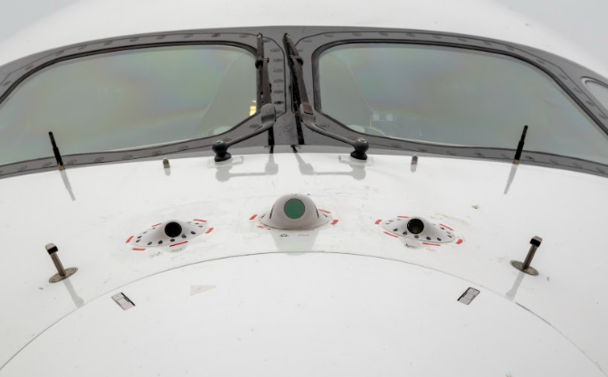
These innovations can offer an additional layer of safety for aircraft, particularly in the context of emergency operations. In the unlikely situation where a crew is unable to control the aircraft, DragonFly can redirect the flight to the nearest appropriate airport and facilitate a safe landing.
So how does it work?
DragonFly could be a game-changer when it comes to derisking emergency operations. Its focus is on three key areas, each one drawing on a combination of data captured during flight and a vast corpus of flight information to promote automated yet intelligent decision making.
DragonFly offers a solution to help ensure safe flight and landing. If the crew are unable to control the aircraft, the onboard function detects the issue and automatically selects the most suitable airport to redirect the aircraft towards.
But of course flight paths and external factors are complex and changing. A dragonfly scans its surroundings and adapts its journey accordingly. Our DragonFly demonstrator does much the same thing, taking into account external factors such as flight zones, terrain and weather conditions as it chooses where to land. But unlike a regular dragonfly, our DragonFly also benefits from a constant channel of communication between the aircraft and both Air Traffic Control and the Operations Control Centre of the airline to ensure a safe and coordinated approach.
In the same way that dragonflies can recognise landmarks that help them to define boundaries, our demonstrator is equipped with cutting-edge sensing technology and software, capable of managing in-flight and landing operations. The DragonFly demonstrator has been made possible through cooperation within the Airbus engineering community and with our trusted external partners, and we look forward to the insights that this final stage of testing will deliver.
- Isabelle Lacaze, Head of DragonFly demonstrator, Airbus UpNext
Safe, automated landing at any airport in the world
A dragonfly’s vision works far more quickly than a human’s, which is why we have designed a system that combines sensors, computer vision algorithms and robust guidance calculations to make landing in low visibility or difficult weather conditions much easier.
These innovations pave the way for automated landing (if necessary), or can be customised according to the pilot’s flying skills to relieve them of additional processes in the event of an emergency or critical situation.
In time, DragonFly’s innovations could allow the aircraft to land at any airport in the world regardless of whether it is equipped with existing ground equipment technology currently used for automatic landing.
The final aspect of the DragonFly demonstrator incorporates pilot assistance technology to help the crew manage taxi guidance and instructions, including navigation and surveillance, freeing them up to focus on other important tasks.
What’s next?
DragonFly has now entered the final three months of its testing phase. These testing flights will enable Airbus UpNext to update or confirm the technology with the view to integrating improvements into future programmes.
